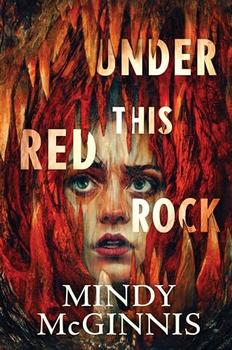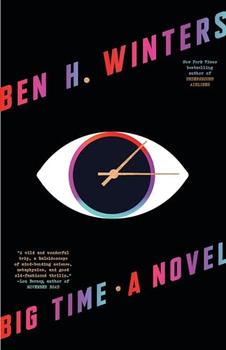Summary | Excerpt | Reviews | Beyond the Book | Read-Alikes | Genres & Themes | Author Bio

Critics' Opinion:
Readers' Opinion:
First Published:
Feb 2015, 304 pages
Paperback:
Jan 2016, 304 pages
 Book Reviewed by:
Book Reviewed by:
Donna Chavez
Buy This Book
This article relates to Doctor Death
The autoimmune disease known as Lupus erythematosus, or Lupus, which forms a major thread of the plot in Doctor Death, affects approximately 1.5 million people in the United States, and some five million people worldwide (estimated). Ninety percent are women who experience onset sometime between the ages of 15 and 44, and about twenty percent of them will also have a parent or other relative with Lupus. Women of color are three times more likely to be affected than Caucasian women.
According to lupus.org.uk, the name for the disease harkens back to the 13th century: "The word Lupus is Latin for Wolf. There are conflicting accounts for the origin of the term Lupus, which was first coined by the physician Rogerius in the 1200s, who used it to describe erosive facial lesions. According to one account, the distinctive butterfly rash associated with Lupus resembles the bite marks of a wolf attack. The other theory says that the frightening facial marks on people's faces were similar to the distinctive marks on wolf's faces themselves."
While Lupus has several distinguishing symptoms, it is very difficult to diagnose. The symptoms may be indicative of other diseases, and they may also appear sporadically, sometimes going into a so-called remission for years at a time. Nearly half of those with Lupus report having consulted several doctors over a period of as long as four years before their illness was accurately identified. While Lupus is a chronic illness, it is not generally fatal. Depending upon the severity, a person can expect to live a long, productive life with certain accommodations, such as getting enough rest, a healthy diet and avoiding fatigue.
Symptoms include the above-mentioned facial rash (covering the cheeks and bridge of the nose), fatigue, fever, joint pain, shortness of breath, and fingers and toes that turn white or blue when exposed to cold or during stressful periods. Affected organs can include the kidneys, lungs, heart, central nervous system and even the brain. Of the latter, a few Lupus sufferers will experience periods of some cognitive dysfunction, often described as "brain fog." Others may suffer from memory loss, headaches and dizziness, seizures, strokes, and mild to severe hallucinations. Whether due to the disease affecting the brain, or to the stress caused by it, most people will experience behavioral changes to one degree or another. The effect on other organs is primarily caused by the inflammation that is a primary characteristic of Lupus.
Drugs used to treat Lupus are for pain, reducing inflammation and generally for supressing the immune system. Those with Lupus are cautioned particularly to avoid sun exposure – wear protective clothing and sunscreens – as the sun can trigger a flare of the facial rash. but lifestyle recommendations are pretty much the same as for everybody. Get plenty of rest, eat healthy foods, don't smoke and get regular exercise.
Filed under Medicine, Science and Tech
![]() This "beyond the book article" relates to Doctor Death. It originally ran in March 2015 and has been updated for the
January 2016 paperback edition.
Go to magazine.
This "beyond the book article" relates to Doctor Death. It originally ran in March 2015 and has been updated for the
January 2016 paperback edition.
Go to magazine.





The House on Biscayne Bay
by Chanel Cleeton
As death stalks a gothic mansion in Miami, the lives of two women intertwine as the past and present collide.

The Flower Sisters
by Michelle Collins Anderson
From the new Fannie Flagg of the Ozarks, a richly-woven story of family, forgiveness, and reinvention.

The Funeral Cryer by Wenyan Lu
Debut novelist Wenyan Lu brings us this witty yet profound story about one woman's midlife reawakening in contemporary rural China.
Your guide toexceptional books
BookBrowse seeks out and recommends the best in contemporary fiction and nonfiction—books that not only engage and entertain but also deepen our understanding of ourselves and the world around us.